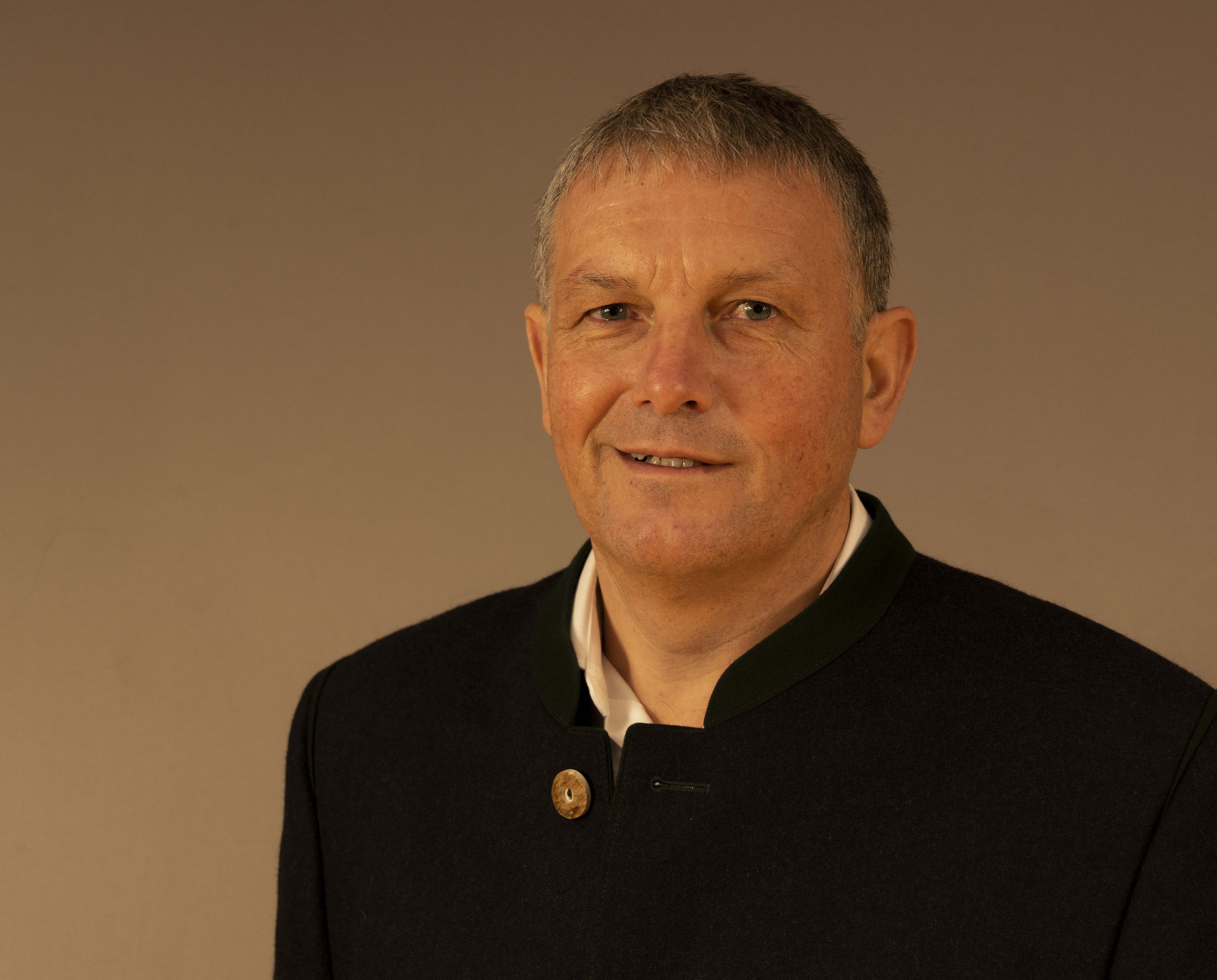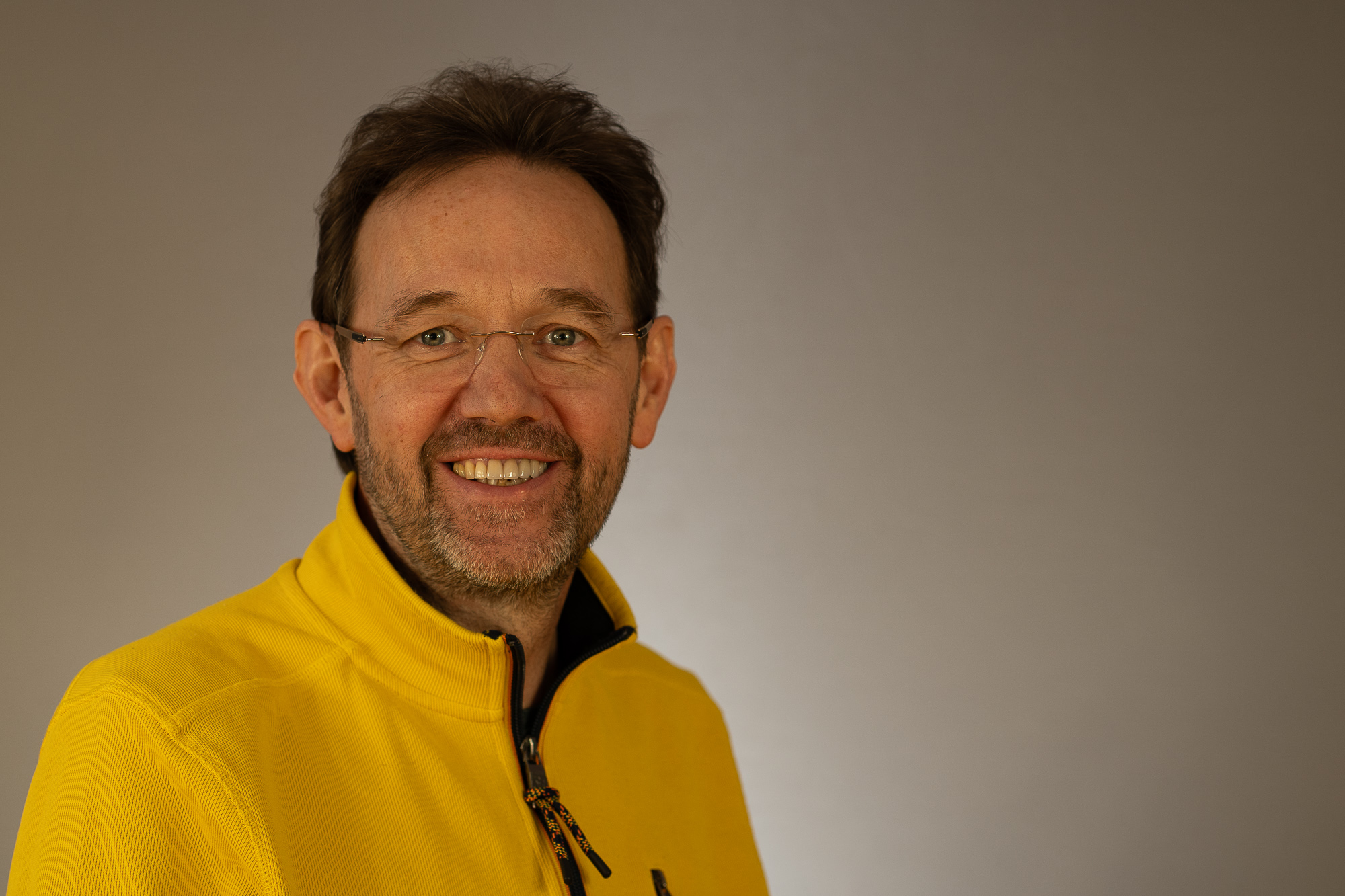The first block was about the experiences of users of GPS trackers on their alpine pastures and pastures. The participants had consistently positive experiences with the technology. GPS trackers are particularly advantageous when searching for farm animals . Since there were very different mountain pastures (cow-sheep pastures, high-low pastures, etc.) in different regions of Austria, the GSM network coverage is also different: If there is good network coverage, the trackers work reliably. In order to ensure sensible usability in alpine farming, the question of solutions to poor network coverage remains in many regions. The participants also wanted to be informed about current technical innovations and future projects On some alpine pastures with poor network coverage there are already antennas that can set up their own network (LoRaWAN) and thus cover their own pasture area. The data is sent from the antenna through the GSM network to a server and can be accessed from there via the Internet. However, mountain pastures where a GSM network is not available anywhere would require an isolated solution.
These questions were posed to the company representatives in the second block and answered by the experts: GSM networks are currently only being expanded where there are many users. These are primarily places that are heavily used for tourism. Otherwise, network coverage will tend to become worse in some places in the future due to the dismantling of the old 2G antennas. However, there is currently a lack of options to improve network coverage without GSM.
One solution to this is to install antennas on the alpine pastures that build their own network and send the data to a convenient location using the GSM network. However, the disadvantage here is that users have no way of accessing current data in the app as long as they do not have internet access themselves. The data can therefore be sent with your own antenna, but cannot be received if the user is in the alpine pasture area. The experts explained how isolated solutions could technically work in this case.
The third block was about the data generated by the trackers. Thomas Guggenberger from the HBLFA Raumberg-Gumpenstein showed movement patterns drawn on maps that were created using GPS data. This is how those responsible for the pasture found out what can be read from the location points at the end of the grazing season. They showed how the alpine pasture was managed over the course of the year: where did the animals stay longer or which areas were hardly or not used. Using the data, management could be adjusted, evidence of the grazing carried out on areas is possible and the data represents the use of the individual areas.
In summary, one can say that the benefits of GPS trackers are undisputed. A key advantage is improved animal control . Alpine pastures with GSM network coverage have the advantage of being able to use cost-effective systems For the other alpine pastures there are already individual solutions using their own antennas. In the future, however, isolated solutions will still be required for mountain pastures without GSM network coverage. These do not currently exist. At the end of the grazing season, data evaluation is useful so that the user not only has the location point to search for animals, but also other options, for example adjusting the grazing strategy based on the data.










